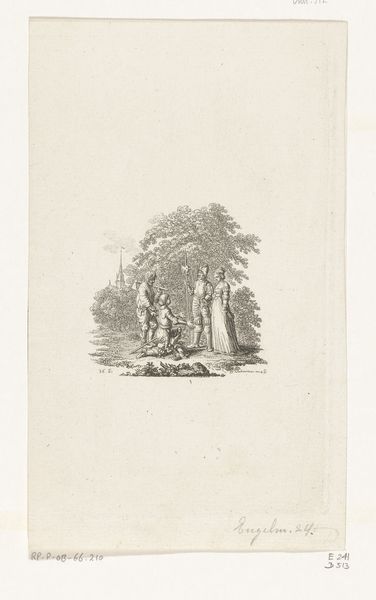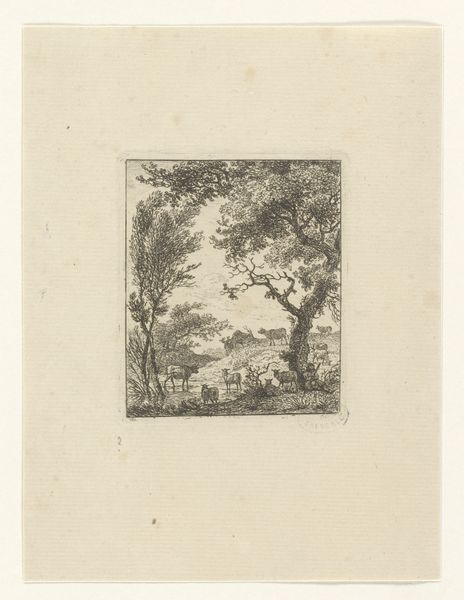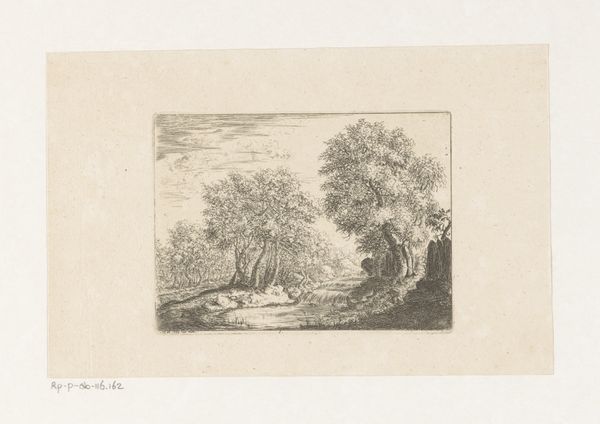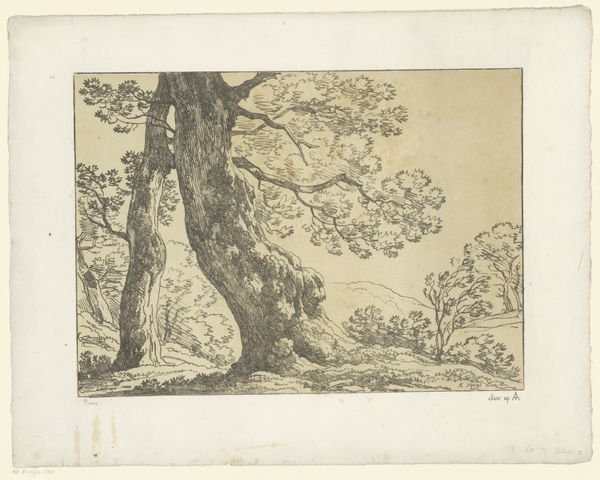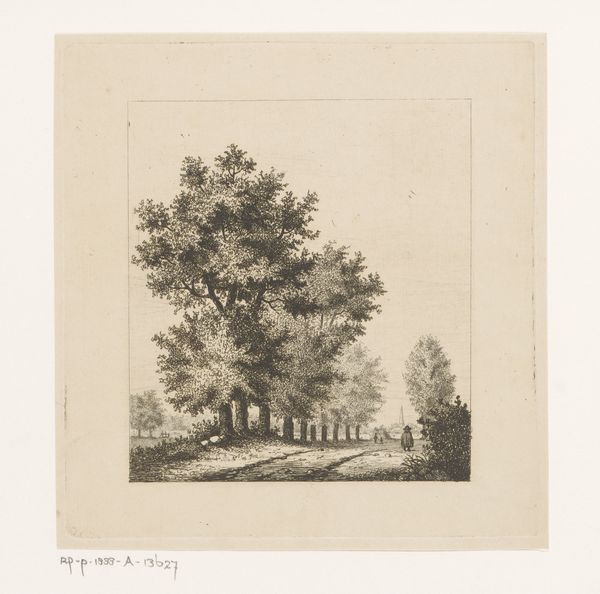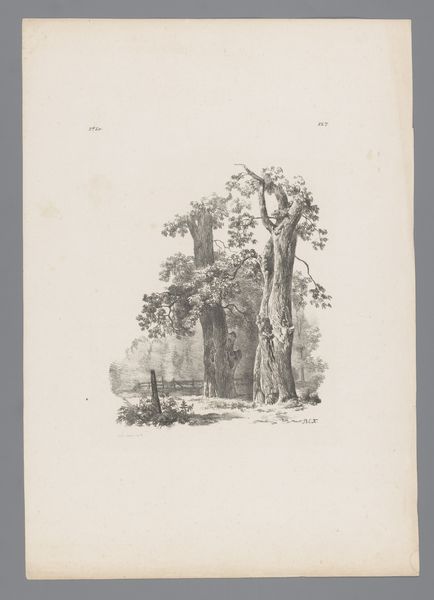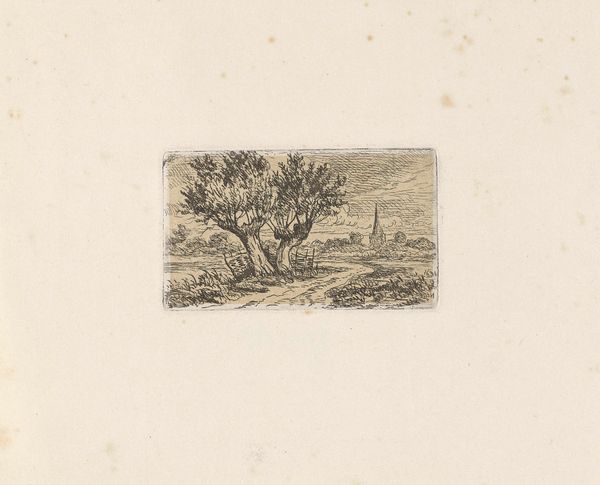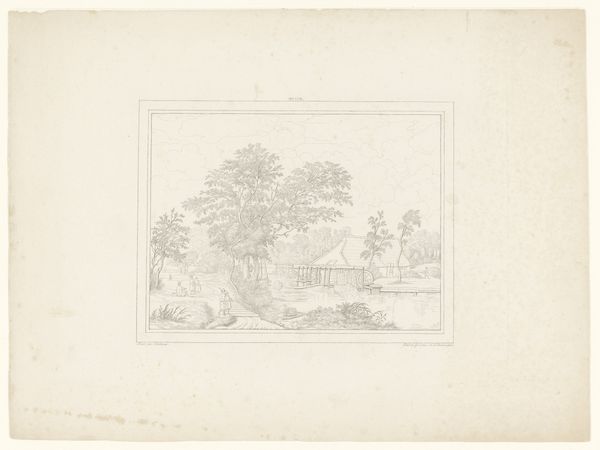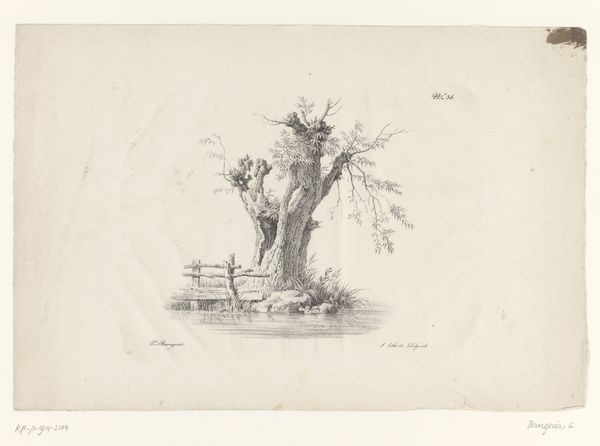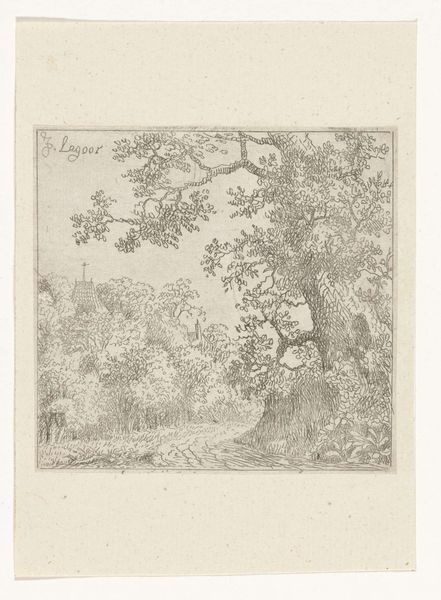
Dimensions: height 108 mm, width 97 mm
Copyright: Rijks Museum: Open Domain
Curator: This is Daniel Nikolaus Chodowiecki's etching, "Huwelijksaanzoek van Robert von Hohenecken," created around 1778. It's currently housed here at the Rijksmuseum. Editor: My immediate reaction is that it feels rather staged, almost like a theatrical tableau. The figures are quite formal, even for a marriage proposal. I'm intrigued by the starkness of the etching; the limited tonal range focuses attention on line and form. Curator: Precisely. Chodowiecki was deeply engaged in Enlightenment ideals, using prints to disseminate moral and social narratives to a broad public. The image presents a vision of proper courtship, reflecting the era’s emphasis on reason and social order within matrimonial unions. Editor: So, it's a constructed image meant to portray an ideal. Given the material—etching—the dissemination is key. How would it reach the public? Were prints like this luxury items or more widely accessible? I’m drawn to the artist's skill with line, though. The textures, particularly in the foliage, are captivating given the medium. Curator: Prints were increasingly accessible to the middle classes, circulating within bourgeois circles to inform social behaviors. It also participates in a revival of older narrative styles. Editor: It's fascinating how the choice of medium informs the message. Etching allowed for mass production, driving the circulation of specific social mores, if we return to it as a social historical artefact rather than merely a piece of art. The proposal is framed, quite literally, by nature and social standing, all mediated through labor and materials. Curator: Yes, and consider the reception—how would viewers at the time interpret these characters and their societal roles, given this wide availability of instructive artwork in printed form? The scene's composition reinforces societal norms and roles, something disseminated on a broad scale via these kinds of widely-consumed images. Editor: The layers of craft—the artist’s hand, the printmaker's skill—contribute to that illusion, shaping expectations and social conduct. Food for thought as we move to the next artwork. Curator: Indeed, and I think it underscores how art isn’t just reflecting society but actively shaping it through widely reproduced images, as well. Thank you.
Comments
No comments
Be the first to comment and join the conversation on the ultimate creative platform.
